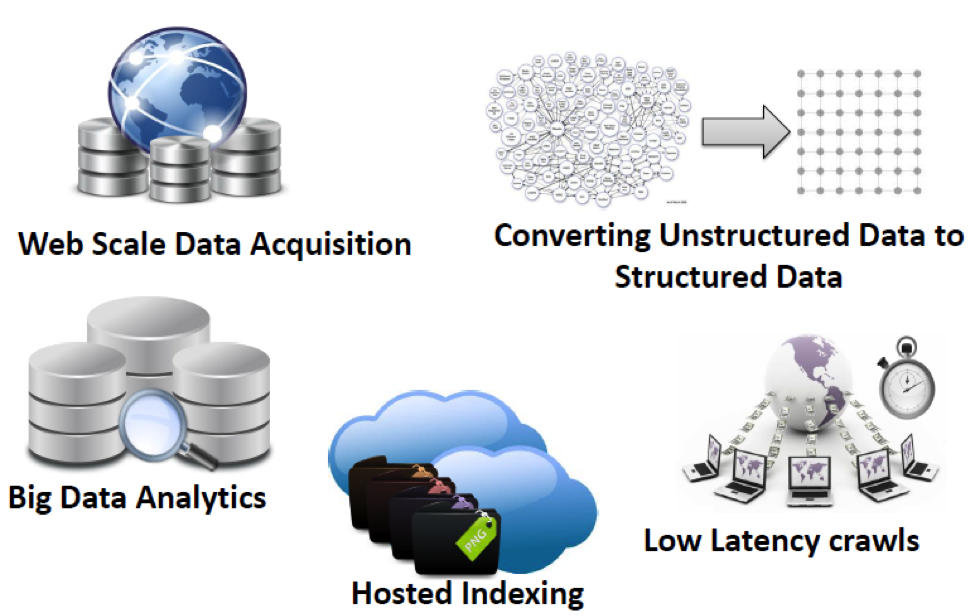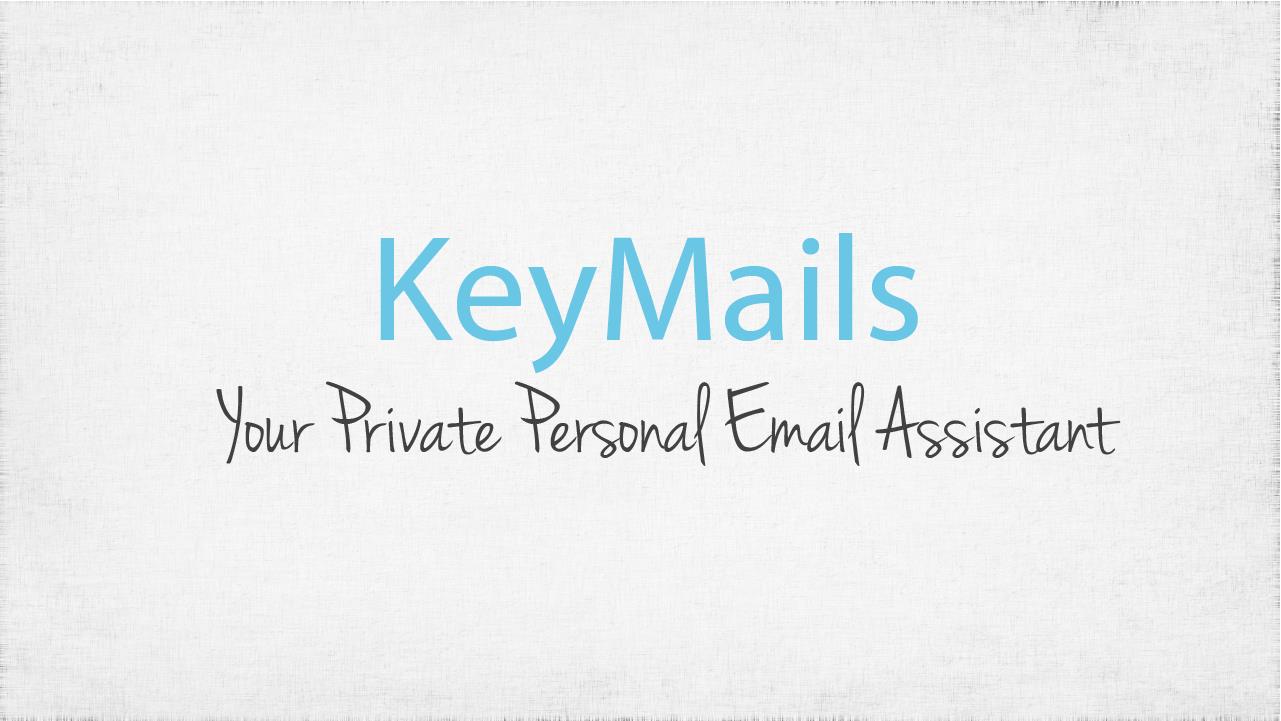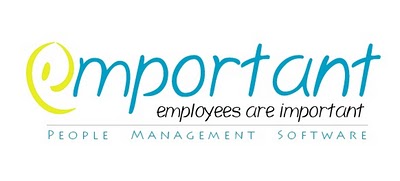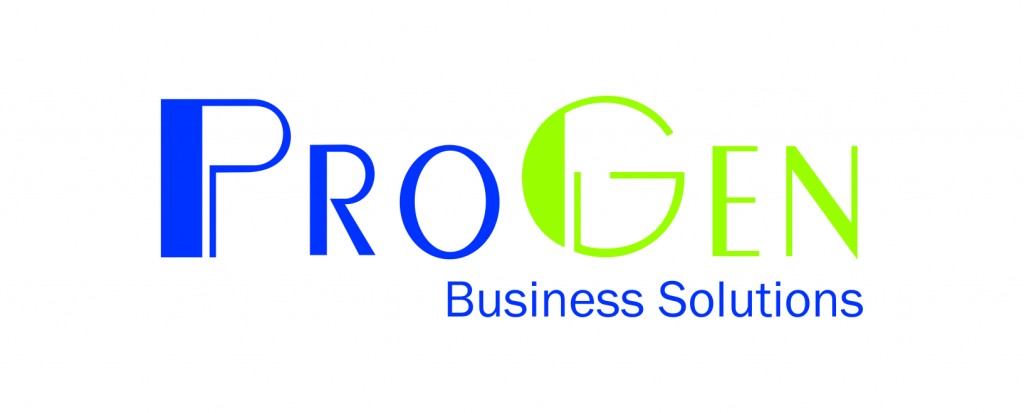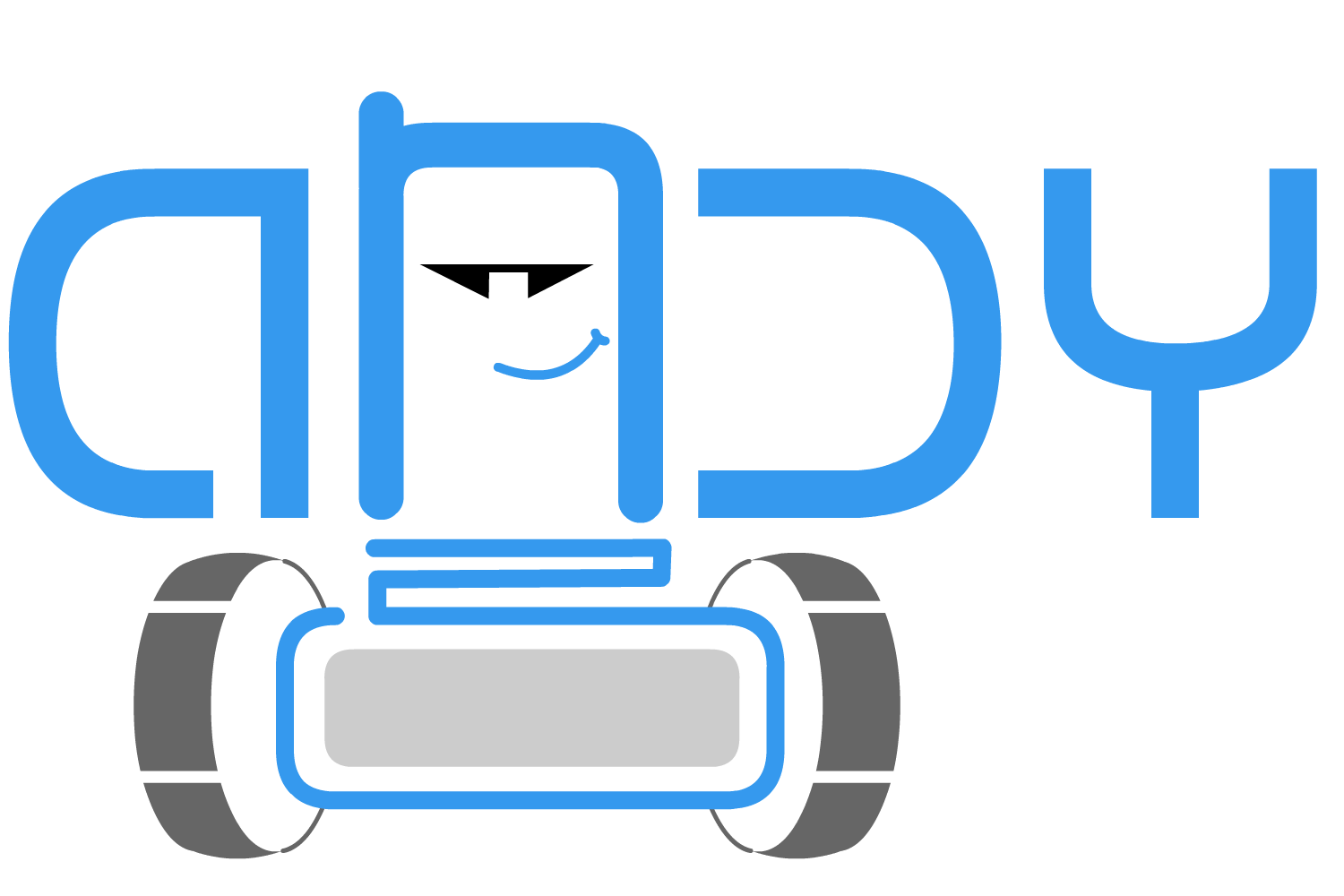Because it’s often so difficult for entrepreneurs to obtain seed funding for their startups, bootstrapping is one of the best methods to self-fund their projects. If outside investment capital is for whatever reason undesirable or unobtainable, bootstrapping a product by offering a service is one of the best ways to go. This, by the way, remains a controversial point-of-view, and most industry observers will take the position that companies get distracted if they try to bootstrap a product with a service. At 1M/1M, we take a pragmatic and contrarian position, and back it up with numerous case studies. From where we sit, bootstrapping products with services is a tried and true method.
RailsFactory, a consulting and app development company that provides solutions for the web application framework Ruby-on-Rails, was co-founded by Senthil Nayagam and Dinesh Kumar in 2006. RailsFactory provides numerous services—primarily focusing on app development for the Ruby on Rails platform, but also including Rails version migration, E-commerce solutions, Email campaign system implementation, and iPhone and Android app development.
Senthil and Dinesh bootstrapped RailsFactory themselves, starting with about $1,250 in seed money. When they needed to, they each utilized other personal resources: Senthil reached into his savings, and Dinesh turned to his parents. But they started generating revenues fast—thanks to the services they offered, they were generating revenue by their second month, and they’ve been growing since. To date, RailsFactory has executed over 100 projects and have worked with clients in the US, Canada, India, Australia, Singapore, and the UK. Their services revenues have crossed a couple of million dollars, and the company has recently built a product that they have started validating with those 100 services customers. The productized offering enables them to offer a support package to the SME segment based on packs of trouble tickets.
Similarly, Mansa Systems is a SaaS-based IT company, founded by Siva Devaki in San Francisco in 2006. Siva founded Mansa Systems to focus specifically on cloud computing. Currently, Mansa Systems publishes a number of apps to be used in conjunction with Salesforce.com through Salesforce’s AppExchange app marketplace.
AppExchange allows partners to create apps to enhance Salesforce for business, and Mansa Systems currently offers eight different apps for Salesforce. Each of the apps is designed to address a limitation with Salesforce; for example, cloud storage app Cloud Drop gives users additional cloud storage space, MassMailer allows users to circumvent Salesforce’s bulk email limitations, and EaglEye provides Salesforce users with secure, trackable document filesharing. Mansa Systems remains entirely self-funded via the company’s service business, and there are currently no plans to use outside funding. The company already has achieved $2 million in annual revenue, and enough profitability to be able to develop and launch its apps at a steady clip.
AgilOne, a company that provides cloud-based predictive customer analytics, was founded by Omer Artun in 2006. Initially, the company relied entirely on services to get close to customers, understand and address their problems, and in the process generate revenues. Today, AgilOne’s product is a software-as-a-service platform. Much of what the company learnt about its customers in the services mode have been productized, although a percentage of revenues still comes from services.
AgilOne’s platform is designed to make it easier for companies to see how their customers are interacting with their products. For example, a company’s online retail customers can be broken into different “clusters” based on their search and shopping preferences. These clusters then enable the company’s marketing department to more accurately target those users with specific promotions.
Omer bootstrapped his company from no revenue or employees in 2005 to about 45 employees and over $15 million in revenue by the time AgilOne partnered with Sequoia Capital in 2011. Silicon Valley’s top venture firm made a sizable investment at a high valuation in a company that was bootstrapped using services.
I have often heard that capital intensive businesses are difficult to bootstrap. There is some truth to this observation. However, Finisar offers the counterpoint.
Finisar produces optical communications components and subsystems and was founded 25 years ago by Jerry Rawls and Frank Levinson. Jerry and Frank bootstrapped Finisar by first providing consulting services while doing product development in high-speed fiber optics for computer networks. They searched for a need in the computer industry that wasn’t filled, and discovered that need in the early 1990s when they pioneered a low-cost gigabit optical link that economized the standards for optical drives. By 1994, their product had changed the fiber channel standard, and following that year, the sales of their optical components doubled every year for seven years in a row.
Even while Finisar was taking off, the company remained fully self-funded. Jerry and Frank bootstrapped Finisar for the first ten years of its existence and received no outside funding until 1998. In 1998, they were approached by TA Associates and Summit Partners, two private equity firms who bought 20% of Finisar in anticipation of an IPO. Jerry estimates that the company’s sales pre-IPO were in the $30 million range in 1998 and, by the time the company went public in 2000, sales were around $67 million. Finisar went public at $19 and closed at $86.
Optical communications components and sub-systems, for all practical purposes, are considered to be extremely capital intensive. Yet, Frank and Jerry, obviously, managed to bootstrap their venture using services almost all the way to an IPO.
Each of the four companies I have introduced you to bootstrapped to profitability via services. Not only is this a viable method of getting your startup off the ground, it’s a proven method of reaching profitability, as well. In some cases, it can take you to the enviable position of Sequoia Capital knocking on your door. In other cases, you could even have investment bankers come calling, wanting to take you public, and a whole slew of late-stage funds wanting to shower you with funds.
All those are desirable outcomes!




